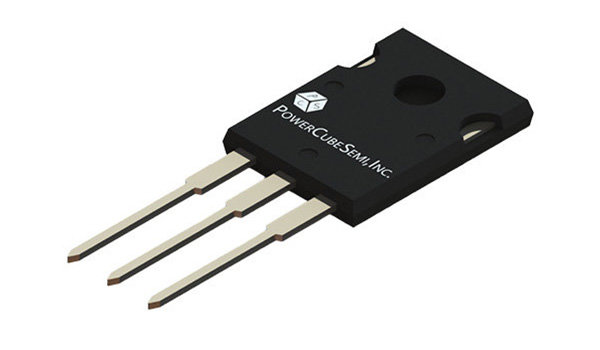

 News
News Knowledge Column
Knowledge ColumnIn modern electronic circuits, mosfets (Metal Oxide Semiconductor Field Effect Transistors) are widely used due to their excellent switching characteristics. This article will delve into how MOSFETs achieve switching effects and explore their applications in various fields.
MOSFET is a voltage controlled field-effect transistor primarily used for amplifying and switching electronic signals. Its baSIC structure includes a source, a drain, and a gate. There is a thin layer of insulating oxide between the gate and the source, which allows the gate voltage to effectively control the current flowing from the source to the drain.

The switching principle of MOSFET
The switching function of MOSFET can be achieved through the variation of gate voltage. Specifically, when a high voltage is applied to the gate, the MOSFET enters; Conducting '; State: A low impedance path is formed between the source and drain, allowing current to freely pass through; On the contrary, when the gate voltage is zero or below the threshold voltage, the MOSFET enters the "; Turn off "; The impedance between the source and drain increases, and the current is cut off.
On state and off state
Conductive state: When the gate voltage exceeds a specific threshold (usually a few volts), a channel is formed, allowing current to flow from the source to the drain. In this state, the on resistance of MOSFET is very low, making it suitable for transmitting high currents.
Off state: When the gate voltage drops below the threshold, the channel will be closed and almost no current will flow. This state allows MOSFETs to act as switches in the circuit, effectively isolating the power supply and load.
Advantages of MOSFET
High voltage tolerance: MOSFETs are capable of handling high voltages and are suitable for various power management circuits.
Low power consumption: Due to the fact that the gate only requires a small amount of current to maintain its state, MOSFETs have very low power consumption and are suitable for portable devices.
Fast switching: Compared to traditional bipolar transistors, MOSFETs have faster switching speeds and are suitable for high-frequency applications.
Application areas of MOSFET
1. Power management
In power management circuits, MOSFETs are widely used in switching regulators, DC-DC converters, and other applications. Its efficient switching characteristics greatly improve power conversion efficiency and reduce heat generation.
2. Electric motor drive
In motor control, MOSFET serves as a switching element to achieve forward and reverse rotation as well as speed regulation of the motor. Due to its fast response time and efficient energy transfer, MOSFETs can effectively improve the overall performance of electric motors.
3. Digital circuits
In digital circuits, MOSFETs are used as the main components of logic gates. Its excellent switching characteristics enable efficient processing and transmission of digital signals.
4. Communication equIPMent
In communication equipment, MOSFETs are used to amplify signals and switch the signal path of modems, ensuring fast transmission and reception of data.
Conclusion
MOSFET plays an indispensable role in modern electronic technology, and its principle of implementing switching function is simple and efficient. With the continuous advancement of technology, the application fields of MOSFETs are also expanding. Whether in power management, motor drive, or digital circuits, they have demonstrated excellent performance. Understanding the switching characteristics of MOSFETs not only helps us better design circuits, but also provides endless possibilities for future technological development.
Fushite Technology focuses on the field of power devices, providing customers with power devices such as IGBT and IPM modules, as well as MCU and touch chips. It is an electronic component supplier and solution provider with core technology.